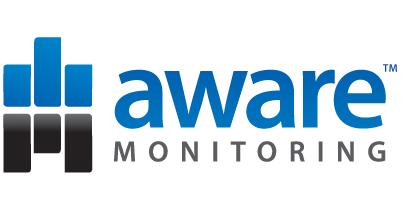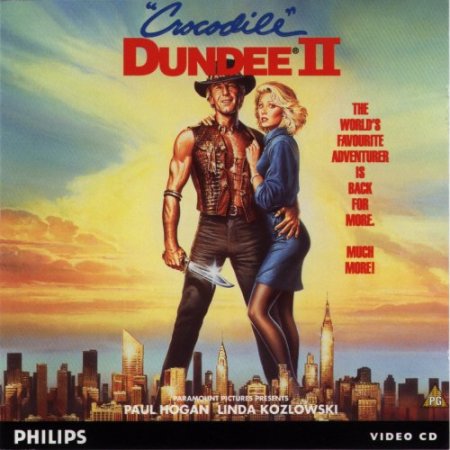Call me old fashioned but shouldn’t a business make money? Seems obvious, but many Tech startups have been giving away Free services for years e.g Twitter, etc. And they don’t have a fall back monetisation business model. Number of eyeballs first before a business model.. Times are changing with this downturn. VC funding is drying up with a US 61.5% drop. It’s back to bootstrapping startup basics and survival with a Freemium model. But not everyone agrees. There is much debate around the Freemium model.
The difficulty is “For the Google Generation, the Internet is the land of the free.” Some more mature web based businesses such as Salesforce.com don’t do free, offering only time limited trials. New startups like our Website Monitoring web app have to make a choice: Free; Freemium (the idea from VC Fred Wilson in ’06); or trials/premium. A free version is now almost expected in many markets to keep up with competition. Marketer Sean Ellis has gone as far to say Freemium will outcompete premium only offerings.
Its not easy to get the Freemium balance right. Give too much away for Free and you’ll have little/no revenues OR give too little away and the Freemium marketing model is ineffective. Dharmesh Shah of Onstartups believes the Freemium Model is challenging, (plus some of my own thoughts):
- Functionality Mix – Its difficult to decide the functionality that you give away on the Free version and hold back on premium version.
- Cost of Free users – Supporting a ton of free customers costs and there maybe not enough money coming in from paying customers to subsidize the free version. Support can also be a problem as ‘In the land of the Free’ users still expect a high level of support.
- Premium version pricing – Premium versions need to have multi-tiered pricing with a very low cost starting plan to tempt users off the Free versions.
- Poor conversion rates – From free to paid can be as low as 3% or at best 10% we’ve heard. Also users may try and work the system and share the free version between company users. Unfortunately many users will never pay for an app.
- Higher attrition rates – Freemium attrition can be unpredictable and higher than traditionally priced products with premium users switching back to free versions.
TechCrunch is still endorsing Free: “Rather than launching a service with a freemium model, I think it’s important to gain a large and passionate user-base first.” Some startups say: “don’t offer a free plan!” Andrew Chen of YouSendIt.com has blogged about his positive experiences of moving from Free to Freemium with his 5 lessons learnt.
Its not an easy decision. Free means lots of users but no revenues (or a little from Ad’s) but the potential of something much bigger if you hit on that killer app. A 30-day free trial only option will result in real users who demand a high value proposition. At least then you will know if your app can be monetised. The Freemium model offers a half way house to gain traction and the opportunity to convert some users, which is particularly helpful during the early startup days. However Freemium is full of pitfalls if executed poorly.
With any of the price plans marketing an app take alot of investment/money. Even with Free plans sooner or later money will have to come in to pay the bills. There is no escaping it – monetise!
 “
“





 At the heart of Apple’s iPhone success is the App Store and iTunes. Apple is successfully up-ending how music is distributed and how mobile phones are used. Microsoft’s poor financial results also follows the
At the heart of Apple’s iPhone success is the App Store and iTunes. Apple is successfully up-ending how music is distributed and how mobile phones are used. Microsoft’s poor financial results also follows the 